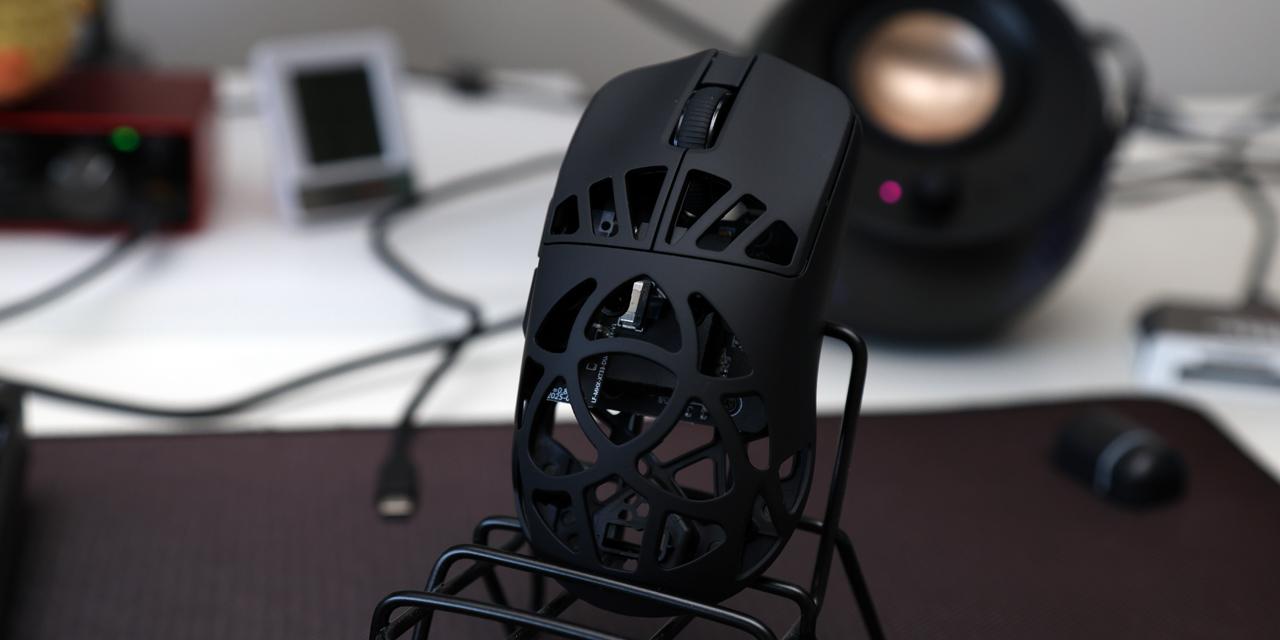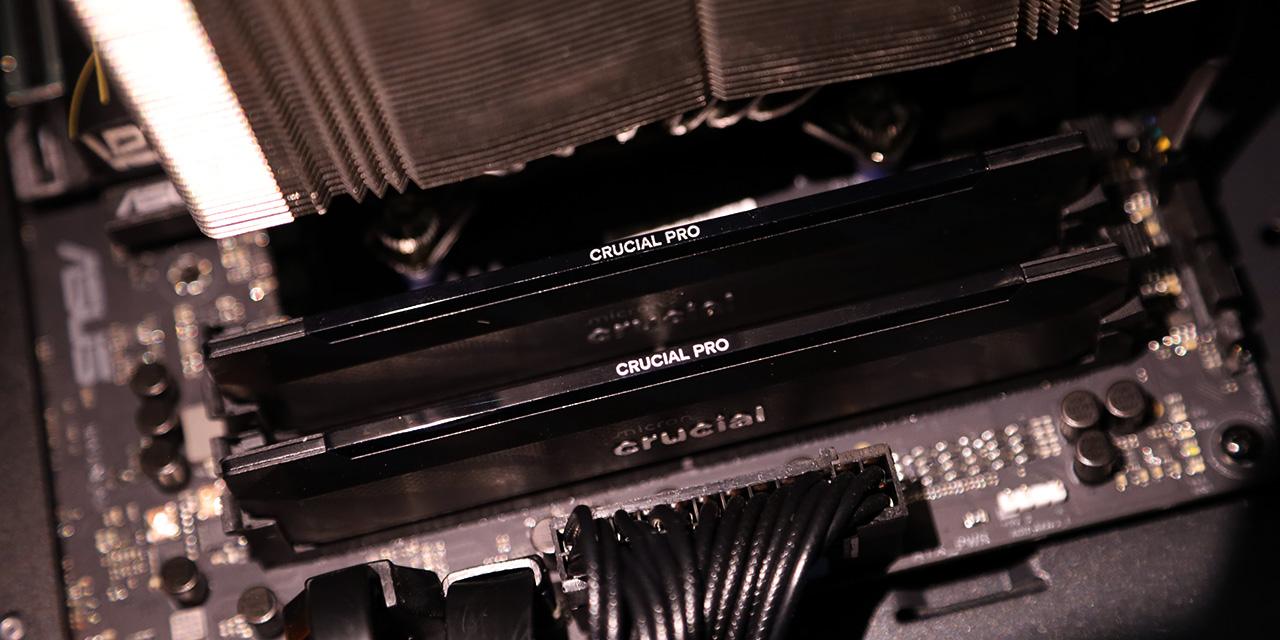|
From DailyTech: The last couple days have been dominated by Intel Corp.'s (INTC) key competitors. Today at the hardware convention Computex 2011 in Taiwan, Intel fired back reaffirming its commitment to the mobile sector. Intel's Atom is behind. It's behind Advanced Micro Devices, Inc.'s (AMD) similarly priced Fusion processor in performance. It's behind ARM Holdings plc's (ARMH) designs in power consumption. Despite that, it's ahead in the one thing that really matters -- market share. Intel is hoping to maintain that lead by getting more aggressive with Atom. On Monday, Intel executives reaffirmed their commitment to accelerating the roadmap of Atom. Atom's codenamed Cedar Trail (part of the Saltwell family) -- a 32 nm Atom die shrink -- is supposed to launch in Q4 2011, three and a quarter years after the launch of the original 45 nm Atom in Q3 2008. By contrast Intel plans to release a 22 nm Atom, dubbed Silvermont only two years later in 2013, and a 14 nm Atom dubbed Airmont in 2014. That's the same plan that Intel revealed at its annual investors' meeting two weeks ago. Cutting its die shrink time from 3 years to two years, then to a single year seems no easy task. So how is Intel accomplishing this feat? Well it turns out it already has these die shrinks, on its high-end personal computer lineup. It shrunk to 32 nm with Westmere, the die-shrink of Nehalem, which launched in Q1 2010. So the die shrink on the Atom side is almost two years behind. View: Article @ Source Site |
 |
Intel Talks USB 3.0, Dramatically Accelerated Mobile Roadmap at Computex
© Since 2005 APH Networks Inc. All trademarks mentioned are the property of their respective owners.





